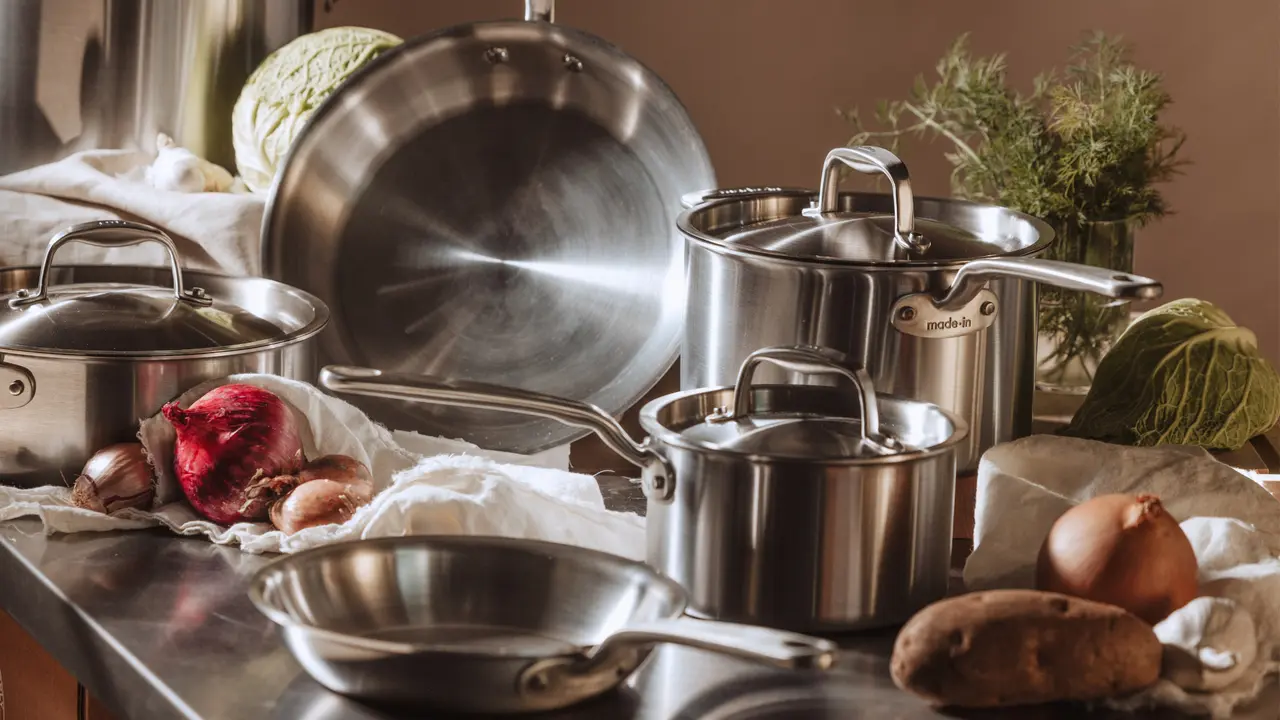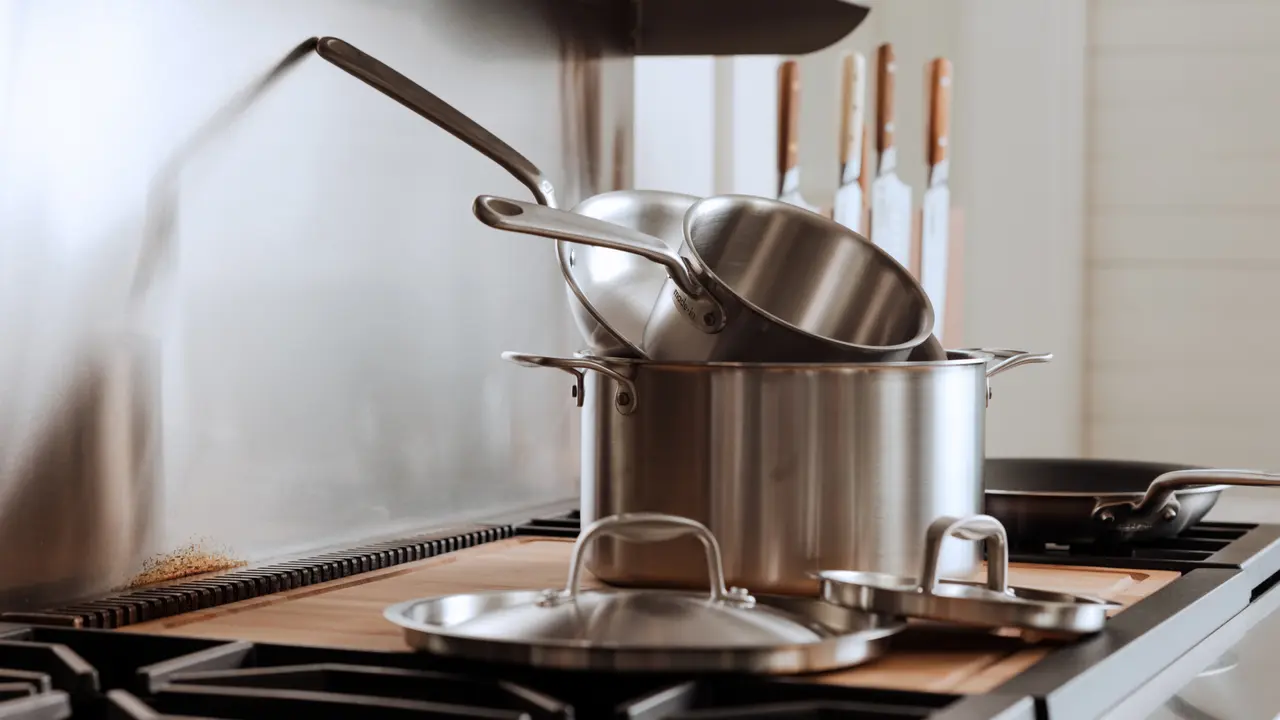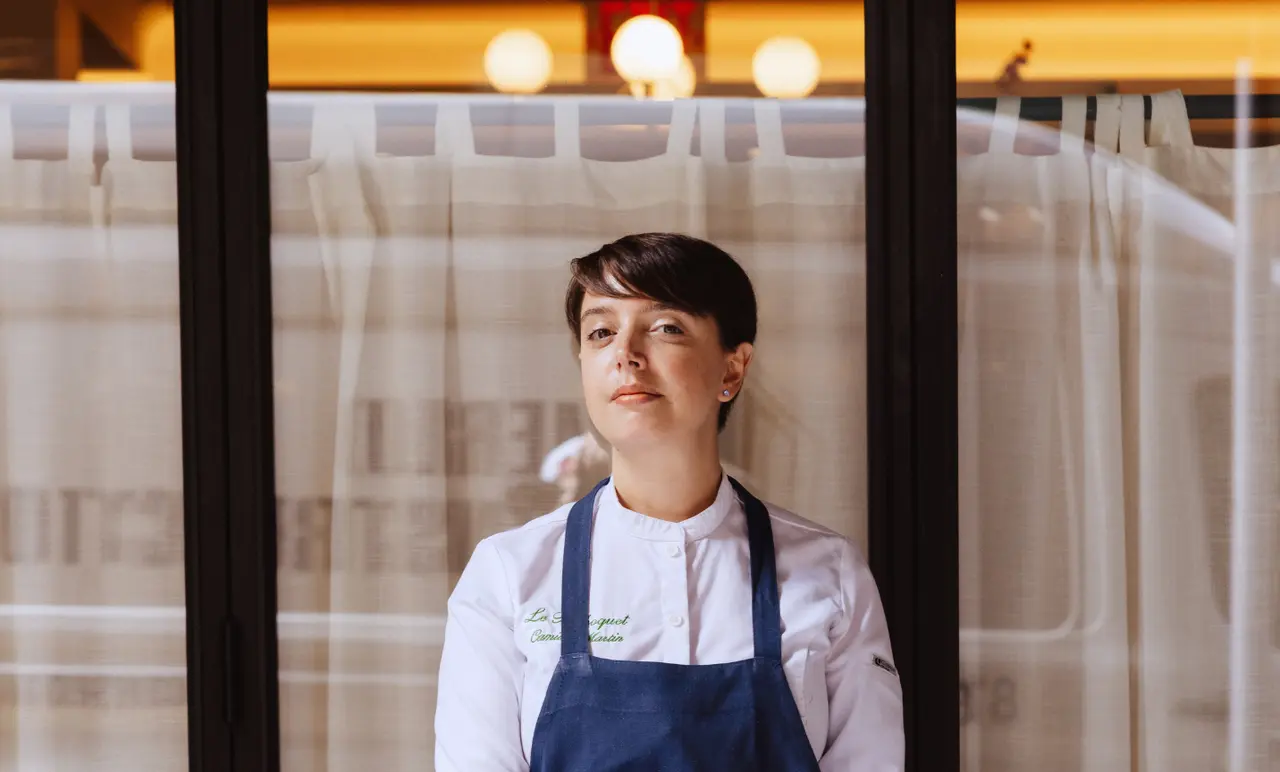“I’m trying to make the idea of ‘fine dining’ more casual,” Chef Brady Ishiwata Williams of the recently opened TOMO says. Located in White Center of Seattle, the small 28-seat (not including the seasonal patio) spot is now one of the hottest restaurants in the country. Run by Chef Brady Williams, who previously was the Executive Chef of Canlis, where he won a James Beard Award, the restaurant is importantly elegant, but always casual. “My biggest takeaway from the fine dining world is that everything is highly considered. We’ve thought about every detail—from the menu, to the glassware, to the name.” Whether you’re headed to TOMO soon, or want to learn more about it, here are five things that make the restaurant special.
1. It was born out of the pandemic.
After 6 years at Canlis, Chef Brady says he was ready to create something of his own. Aware that this whole thing might take longer than most people expected, he signed the lease on this place in February when there was “no vaccine hope on the horizon.” For the most part, it was unclear whether they would be at 50% capacity, or take out only.
But this was just another challenge, and perhaps part of the entire process for Chef Brady.
For example, last September was the worst wildfire season in Seattle in a while, and with COVID still raging, it was unclear whether it would be an outdoor restaurant (because of COVID) or if they’d need to move everyone inside because of the wildfires. Now the restaurant, at full capacity, boasts a patio, and around 50 seats. They are proudly operating at full capacity.
“What was unexpected was that it allowed us to kind of grow into our skin,” he said. “We could be as creative or change as much as we needed to adapt to the situation."
2. The menu is micro-seasonal.
“I wanted to create a place where nothing is sacred,” Chef Brady said. This takes the form of the menu constantly being in flux. Working with local farms and purveyors, TOMO seeks to take advantage of the hundreds of micro-seasons in the Pacific-Northwest.
“We cook with what’s around us and that changes day to day, week to week,” he said. As of this writing, the menu has end of season eggplant and tomatoes, but they’re beginning to get the first winter squashes in.
One of the main benefits of this style is that “it helps keep people engaged—both the guests and the staff—so we’re never stagnant.” When a guest comes back next month, the menu will be entirely different.
3. The name means more than you’d think.
The name, TOMO in many ways, embodies the ethos of the restaurant itself. Chef Brady says he named it after his grandmother, Tomoko, but that TOMO also means “pal,” or “friend,” in Japanese.
“We’re always asking ourselves, ‘what does it mean to be a friend?’ From how we operate, to how we exist.”
At TOMO, Chef Brady says they are trying to do things differently. “For us, we are like-minded people, and try to have a very open approach to the menu with my chefs. We really value transparency — it’s very collaborative.”
4. Every detail has been considered.
“We want this to have the conviviality of a bistro, to feel not like an occasion restaurant, but instead like a fun vibey restaurant, a place that you want to come back to frequently.”
To design the space, Chef Brady relied on friends to make it special.
“We worked with some friends who have a firm called Graypants. The inspiration was brutalist ryokan meets coastal dive bar.” The design team aimed to fit into the context of White Center while creating a very authentic signature for the space. Taking cues from the idea of turning the space inside out, the materials inside are as textured as an exterior would be, with a focus on natural materials and slatted dividing walls that mimic the texture of the trees outside.
All of the plateware was thrown by a local ceramicist, Akiko Graham, a good friend of Chef Brady, and his friends at Asp & Hand, blew all the restaurant’s glassware, and the chairs and tables were designed and built by Fin Design Shop in Seattle.
5. It’s hard to get a table (but don’t let that stop you).
When TOMO announced reservations for November, they sold out for the month within 7 minutes. But Chef Brady says they do not want to only be “a ticket to entry kind of place.”
The bar features a special menu and is open first come first serve. Chef Brady says they have gotten plenty of regulars, all locals, who come in and it’s their place to drink wine and snack or grab a bite to eat.
Photos by Kyle Johnson





















